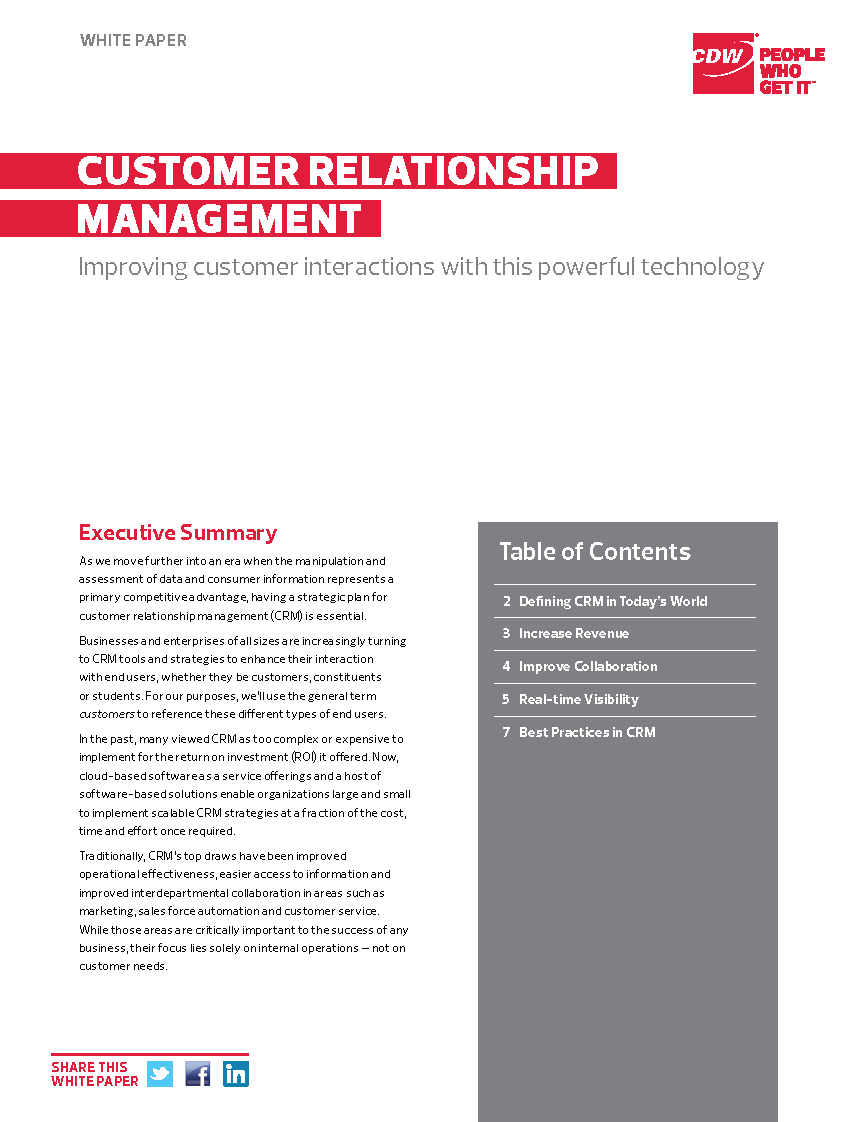Interactive Content, Marketing Automation, and the Engagement Economy. In the engagement economy, interactive content paired with marketing automation is enabling a two-way conversation that’s highly personalized and relevant, unlike the one-size-fits-all approach that we often see with static content. Why should we use interactive content and marketing automation? Shifting content marketing efforts to reflect customer desires is highly effective, and companies that are taking a new approach to address these primary expectations are seeing engagement rates increase. Gallup data shows that customers who are fully engaged represent 23% premium in terms of share of wallet, profitability, revenue, and relationship growth compared with the average customer. The other downside of this approach is that it doesn’t allow marketing and sales teams to collect much user data. As a result, teams are turning to interactive experiences and marketing automation to more efficiently deliver personalized experiences that truly give customers a voice and collect important information at the same time. Why Use Interactive, Automated Experiences In the engagement economy, marketers are striving to create a dialogue with their audiences and to build robust customer profiles based on data from those interactive experiences. But beyond these high-level goals, there are some more specific benefits to integrating interactive, automated experiences, such as: Momentum in the experience: Unlike static content (like a blog post, for example) where the end of a post leads to an abrupt stop in the user experience, interactive content (like an assessment, for example) has a clear start and finish. Personalization: While users get customized results from these types of experiences, on company side of these efforts, user data shared during interactive experiences can be leveraged down the road for more personalized automated efforts.
With more than 90% of B2B marketers using content marketing as part of a larger inbound strategy, today’s marketing teams are finding that audiences are nearing a saturation point in regard to the amount of static content being sent their way.
As a result, these teams are looking for ways to tap into the engagement economy, wherein there’s a real back and forth between organization and consumer (rather than a one-way, mass message.)
In the engagement economy, interactive content paired with marketing automation is enabling a two-way conversation that’s highly personalized and relevant, unlike the one-size-fits-all approach that we often see with static content.
Let’s get on the same page and address a few key questions:
- What’s working today in marketing, and how is it different from past tactics?
- What does a static content experience look like in comparison to an interactive, automated experience?
- Why should we use interactive content and marketing automation?
What Works Today in Marketing
In 2017, we’re living in a world where customer expectations are at an all-time high.
Audiences want highly personalized content and expect stellar experiences – and companies are taking note. According to data from Gartner, 89% of marketing leaders expect to compete primarily on the basis of customer experience today, compared to just 36% four years ago.
Shifting content marketing efforts to reflect customer desires is highly effective, and companies that are taking a new approach to address these primary expectations are seeing engagement rates increase. According to a 2015 IBM Digital Experience Survey, 56% of marketers say that personalized content results in higher engagement rates.
So why do we care so much about engagement rates? What happens when target audiences start interacting with companies?
Gallup data shows that customers who are fully engaged represent 23% premium in terms of share of wallet, profitability, revenue, and relationship growth compared with the average customer.
The bottom line: Engagement = Loyalty, Profit, and Relationships.
89% of marketing leaders expect to compete primarily on the basis of customer experience.
The Problem With Static Content
Traditionally, content marketing has focused on static, one-sided material that doesn’t leave much room for ongoing dialogue.
This type of content is kind of like a megaphone, shouting out mass company messages without also amplifying the voice of the recipient in return. Users are simply “talked at,” and engagement rates suffer as a result. The one-sided approach also makes it difficult to build imaginative, entertaining experiences that can be more adaptive to user behavior.
The other downside of this approach is that it doesn’t allow marketing and sales teams to collect much user data. Sure, they might glean a name and email address in an opt-in form from time to time, but this surface-level data doesn’t…

COMMENTS